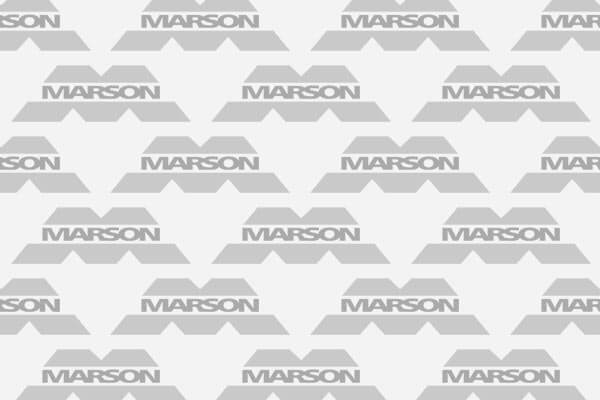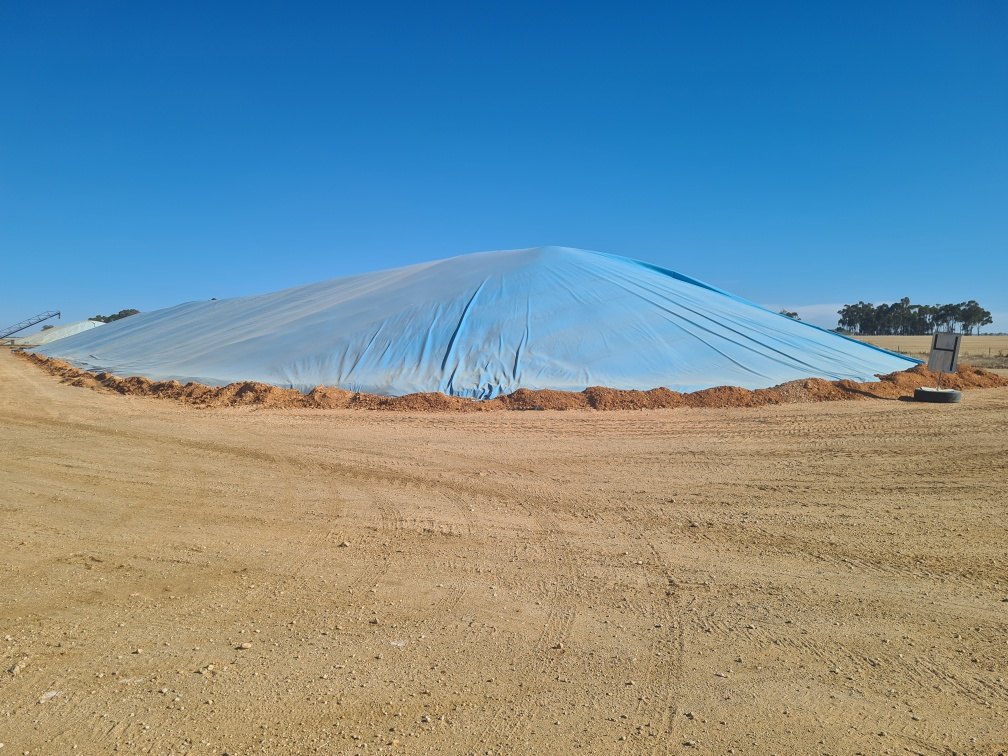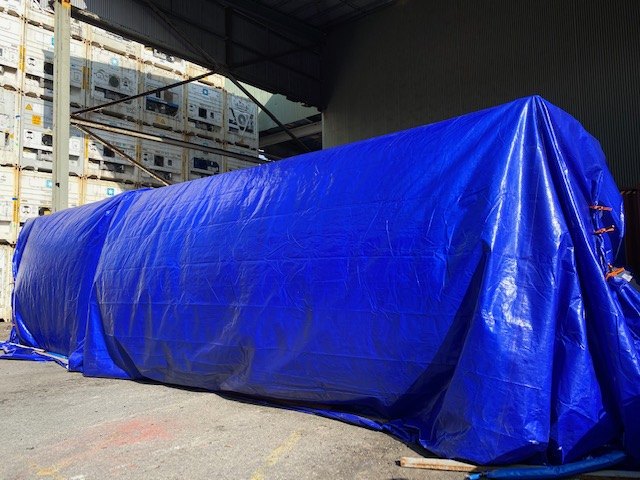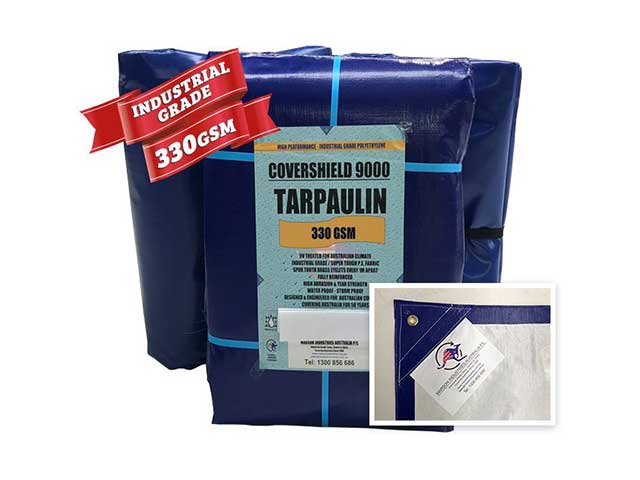Tarps, Covers & Liners. Industrial Textile Fabrication.

Chemicals are used in many industries as raw material, as solvents, and for various other purposes. Some of these chemicals are quite hazardous and need to be stored carefully in containers that will avoid them from spilling or in any way getting into the environment and causing problems. The containers are usually made from fabricated steel and have very strict standards for their manufacture and maintenance.
Even so there are instances when chemicals can spill out from their containers when they are no more able to function as they should. Such spilling can also occur from poor handling, damage to pipes, or could be the result of deliberate sabotage or in war situations. The spilling of these chemicals can cause a lot of damage to the surroundings and the people in the region. It is, therefore, important that steps be taken to contain any spillage by taking the right measures.
Hazardous chemical bunding facts call for constructing walls or bunds around any storage that contains these chemicals. These dikes, as they are also known, will act to contain the spillage to definite boundaries. This containment makes it easier to plan and execute cleaning and recovery options after the spillage has occurred. The liquids in these storage devices are often caustic, can cause respiratory problems and any bunds built have to take these factors into consideration. Bunds are common around large transformers that contain significant amounts of costly oil. Though this oil may not be considered hazardous, the objective of the bunds is to retrieve any spilled oil that can come from a damaged transformer.
The volume of the liquid that has been stored is taken into consideration when designing the layout of bund walls. It is common to provide an area and height that will be able to cater for more than a hundred percent of the stored chemical. Bund volumes of 110 percent are a norm that is used in most cases. This requirement also takes care of any wave or other physical factors that may otherwise cause the stored liquid to over top the bunds.
In cases where such bunds are constructed around a farm tank, the volume has to be 25 percent of the total volume of liquid held in all the tanks or 110 percent of the largest tank capacity. The larger of these two is used to decide the required volume of the bund. A conventional method of creating bunds is to build concrete or masonry walls to form the dikes.
The height of the walls will depend on the area allotted to the bunds, as this can often be restricted, especially in areas where real estate costs are high, or other structures exist in proximity and limit the space available. It is quite common to reinforce the outside of these walls with earth. It gives the bunds or walls additional strength and will also act to absorb any chemical that may inadvertently spill over the bund.
Strong acids are considered as hazardous chemicals, and their corrosive action may even work against concrete. In such cases, it is common to use liners and other treatment to the walls, which will be able to resist the detrimental effects of the hazardous chemical. Smaller tanks can use steel or plastic for the necessary walls. In all cases, the effect that the chemical has on the containment material must be studied, and decisions were taken accordingly.
Hazardous chemical bunding facts have to take into consideration the effects of the chemicals being stored, on the environment that they are kept in. For reasons of safety, the storage of such chemicals is always mandated to be away from populated areas, and there are laws and regulations in most countries that govern their location. Where they are situated near cities or towns, there will be certain distances to be maintained from the nearest structure.
Bunding is a legal requisite in most countries and has to be implemented around all tanks that contain liquids that can be hazardous to the environment. Such bunding is often also required around places where these chemicals may be transported for use in other facilities. In such cases, temporary bunds of material that can resist these chemicals are put around any discharging facility to prevent any spillage from becoming dangerous.
Another factor that is critical while designing and constructing bunds is to cater to the rain that may fall in the area that is enclosed by the bund. Arrangements have to be made to remove this water through automatic pumps or drains. Where drains are used, they must have controls that allow the drains to be closed so that any spill of chemicals is not allowed to leave the containment area. It is also important to take proper precautions while building the floor for such bund containment. It has to be impervious so that the hazardous chemical does not seep into the ground. Especial care has to be taken at joints that will be part of floors that cover large areas.
As part of hazardous chemical bunding facts, it is necessary to know that you also need to provide any bund containment with facilities that allow for the removal of the spilled liquid after the event has occurred and the chemicals suitably contained. These chemicals are often costly and need to be retrieved so that they can be recovered and reused. Proper fire protection measures are also a must around containment areas, along with respiratory apparatus for personnel.
Share this post



